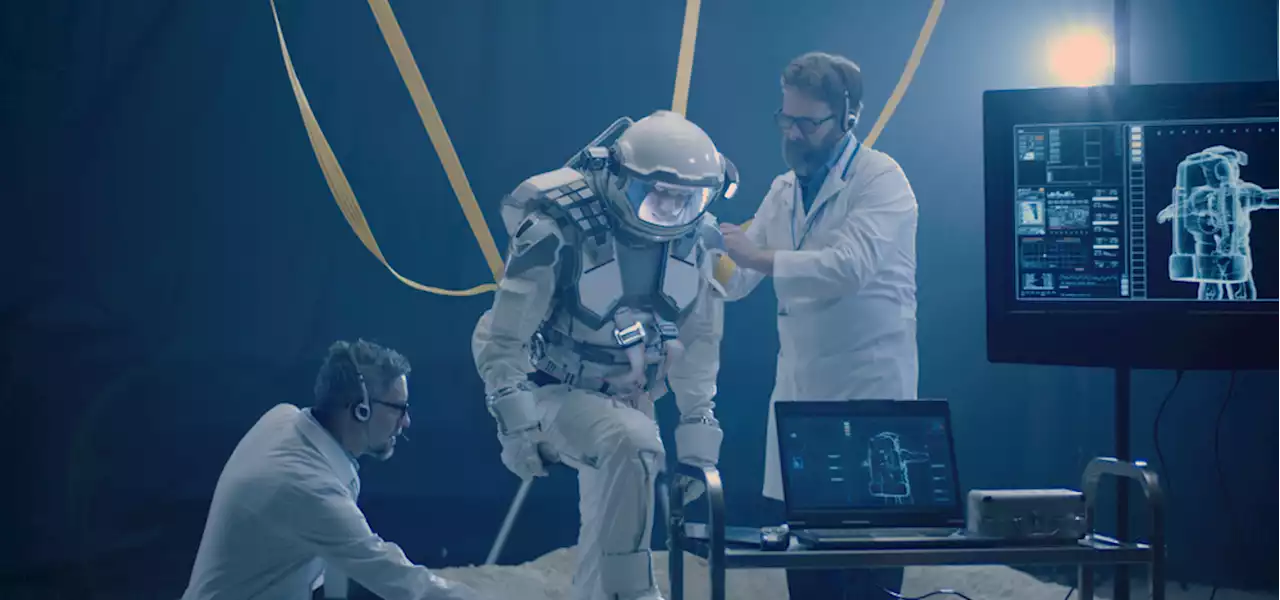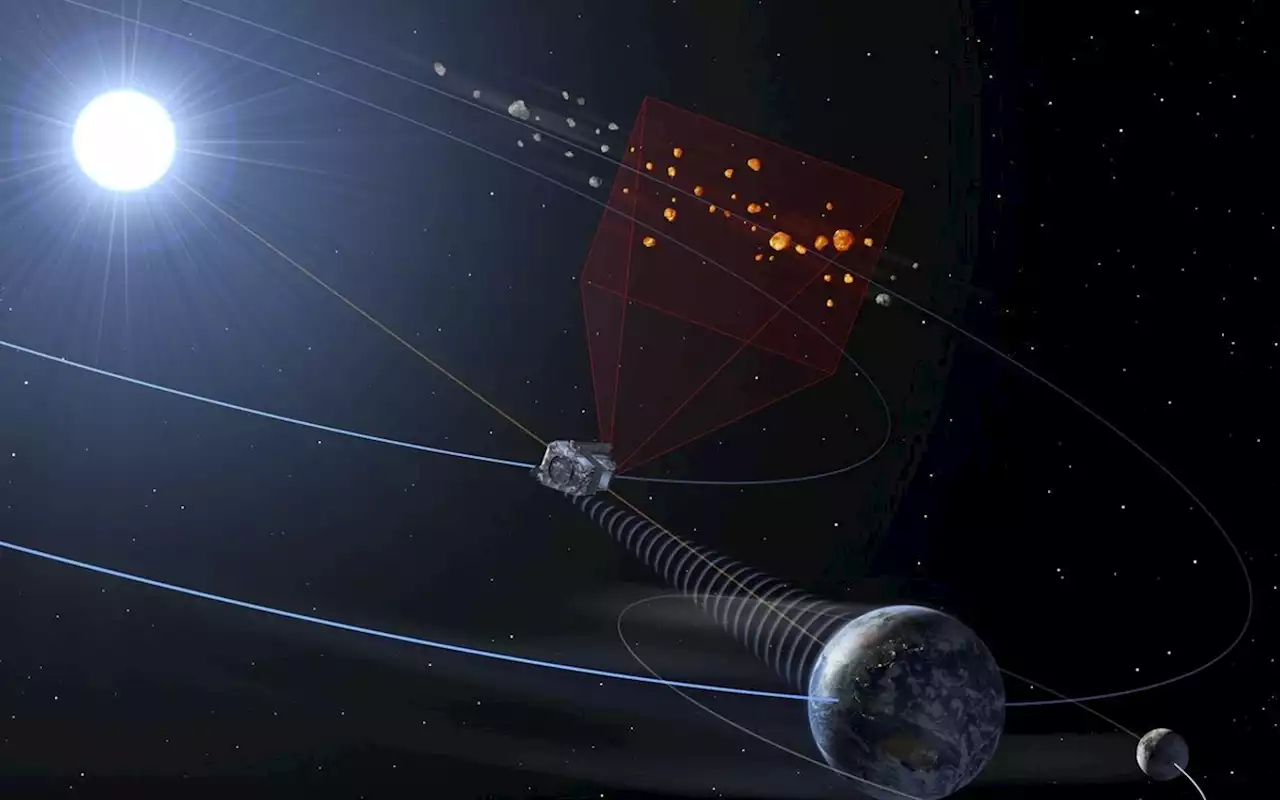Cold War-era stuff dominates the list of hazardous orbiting objects.
that have the highest chance of bringing on orbital doom. It's the old stuff — spent rocket stages and large, chunky satellites — launched during the Cold War era and into the early 2000s.
The sheer size of these rockets means that a collision would produce an enormous amount of space debris fragments that would turn the bad neighborhood into an even worse one, possibly triggering the, a dreaded scenario of unstoppable cascades of collisions such as the one depicted in the 2013 Oscar-winning movie"Gravity."
Darren McKnight is a Senior Technical Fellow at LeoLabs, a private California-based firm mapping orbital traffic. McKnight is a member of the International Academy of Astronautics' Space Debris Committee, where he contributes to the development of position papers on the topic of space debris mitigation. He is interested in developing technical solutions for managing the space debris problem and encouraging sustainable practices in space utilization.
Jonathan McDowell is an astronomer and astrophysicist at the Harvard–Smithsonian Center for Astrophysics. His main research focus is on black holes, quasars and sources of high-energy X-ray radiation in distant galaxies. He is a member of the team behind NASA's X-ray observatory Chandra, but has also gained prominence as a leading space debris expert. McDowell is the author and editor of Jonathan's Space Report, an e-mail-distributed newsletter documenting satellite launches.
"Debris from this single event was probably responsible for about 15% of the conjunctions [close approaches to other objects] that occurred last year," McKnight said."Every 15 minutes, we issue conjunction messages involving fragments from this collision."
United States Latest News, United States Headlines
Similar News:You can also read news stories similar to this one that we have collected from other news sources.
 Exploring Earth From Space: Liverpool Land, GreenlandThe Liverpool Land peninsula, on the east coast of Greenland, is featured in this satellite image from the European Space Agency's Copernicus Sentinel-2. The peninsula is visible at the top partially covered with snow. The Scoresby Sound (Danish: Scoresby Sund, Greenlandic: Kangertittivaq), one o
Exploring Earth From Space: Liverpool Land, GreenlandThe Liverpool Land peninsula, on the east coast of Greenland, is featured in this satellite image from the European Space Agency's Copernicus Sentinel-2. The peninsula is visible at the top partially covered with snow. The Scoresby Sound (Danish: Scoresby Sund, Greenlandic: Kangertittivaq), one o
Read more »
 Will We Ever Figure Out How to Defy Gravity?The gravitational force is by far the weakest of the four forces of nature. It’s simple to defy gravity: just lift something in the air. But it’s both persistent and has an infinite range, which takes a surprising amount of work to overcome.
Will We Ever Figure Out How to Defy Gravity?The gravitational force is by far the weakest of the four forces of nature. It’s simple to defy gravity: just lift something in the air. But it’s both persistent and has an infinite range, which takes a surprising amount of work to overcome.
Read more »
 World War II Adventure Film ‘War Blade’ Picked Up by 101 Films Intl. (EXCLUSIVE)101 Films Intl. has secured worldwide distribution rights for World War II adventure film “War Blade,” starring Joseph Millson (“Casino Royale,” “The Last Kingdom&822…
World War II Adventure Film ‘War Blade’ Picked Up by 101 Films Intl. (EXCLUSIVE)101 Films Intl. has secured worldwide distribution rights for World War II adventure film “War Blade,” starring Joseph Millson (“Casino Royale,” “The Last Kingdom&822…
Read more »
 ESA is Building an Early Warning System for Dangerous AsteroidsThe European Space Agency is working on a new mission that would act as an early warning system for dangerous, hard-to-see asteroids. Called NEOMIR (Near-Earth Object Mission in the InfraRed), the spacecraft would orbit between the Earth and the Sun at the L1 Lagrange Point, finding space rocks that otherwise get lost in the glare … Continue reading 'ESA is Building an Early Warning System for Dangerous Asteroids'
ESA is Building an Early Warning System for Dangerous AsteroidsThe European Space Agency is working on a new mission that would act as an early warning system for dangerous, hard-to-see asteroids. Called NEOMIR (Near-Earth Object Mission in the InfraRed), the spacecraft would orbit between the Earth and the Sun at the L1 Lagrange Point, finding space rocks that otherwise get lost in the glare … Continue reading 'ESA is Building an Early Warning System for Dangerous Asteroids'
Read more »
 Solar storm speeding toward Earth could affect radio, GPS signalsA massive explosion was spotted on the sun on Wednesday, and now astronomers are keeping a close eye on how that may impact us here on Earth in the coming days.
Solar storm speeding toward Earth could affect radio, GPS signalsA massive explosion was spotted on the sun on Wednesday, and now astronomers are keeping a close eye on how that may impact us here on Earth in the coming days.
Read more »
